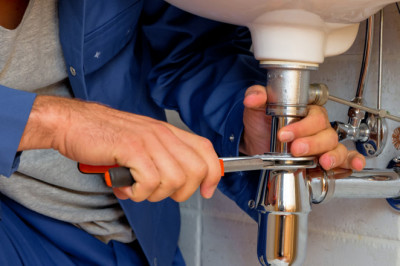views

When we hear about India, the first thing that always comes to our mind is its diversity and culture, food and traditions, region and religions, as it’s a vast country with a lot of astonishing mix and originalities in it. India is also famous for its rich food, wonderful and most beautiful places, temples, clothing & much more!
Well, here we are to have a visit through one of India’s beautiful attractions and unique personalities- its clothing and all about its origins, evolution and making.
Cotton, I am sure you know about this clothing material. It’s the most known (I guess). The Indus Valley Civilization India was one of the first places where cotton was cultivated and used as early as 2500 BCE and it marks the history of clothing in India as research and traces suggest most people prior to this era were unaware of a thing as clothing and the idea of covering their body with a piece of cloth or fibre. So early in the time span, Indians have mainly worn clothing made up of locally grown cotton. The traces of the ancient clothing in India can be found in the discovery from sites around the Indus Valley Civilization, the cave paintings, the sculptures and human portraits and art forms found in temples and monuments. Other fibres known for clothing during the Harappan era were cotton, flax, silk, wool, linen, leather, etc., and they were mostly hand-loomed, spun, woven and dyed. Dyeing of clothes in that era was an art form. Harappan Civilization dyed their cotton material clothes with lots of colours and hence, clothing became a thing!
Now that we know in brief where the idea of clothing & garments in India began, let’s run down and read about what makes the Indian garment different and how it’s evolved from being just a fiber material wraparound the body to being the identity of different cultures & traditions in India, where the origins of “INDIAN” garment rise from, Indian clothing is vastly distributed, made and segregated depending on the different ethnic beliefs, regions, traditions, geography and culture of all the people belonging from different latitudes of India.
As for the record, the traditional clothing for women of north and east India are saris with choli tops, another form of clothing is a long skirt known as lehenga worn with choli and dupatta (a long scarf in the English language) to create an entire outfit popularly known as ghagra choli. Another known clothing form is salwar kameez suits.
The traditional clothing in south India for women includes a sari loomed out of pure silk and is considered the most elegant form of garment.
The traditional attire along with the garment also includes bindi and head scarfs of different forms and religions.
From ancient times, both the male & female clothing has evolved from simple garments like achkan, sari, gamcha, kaupina, loincloths, pagri, and burkha, to a complete transformation of clothing covering the body into outfits not limited only to day-to-day wear or a shield to the body, but designed and segregated for festivities, occasions, rituals, dancing, working and a lot more which also are reaching out towards more fashionable, comfortable, stylish, sustainable, re-usable & situation-appropriate genres.
Although ancient or classic Indian clothing is appreciated the same as before, they are mostly used on special occasions now and are replaced with more light-weighed, gender-neutral, easily wearable, western forms of clothing. Throughout the years, people are seen to be more comfortable with wearing a shirt and pants than two or three-parted traditional clothing. Over the years, this has resulted in many foreign garment establishments in India and also provided the Indian garment manufacturers with to work with clients all over the world.
Since we have read so far about the history of traditional Indian garments, from their birth to their evolution, let’s read about how the garment industry in India works.
The most popular clothing brands that we buy our apparel from are actually just the seller and not the manufacturer or in common language, the maker. This is the way that production happens in almost every industry, be it clothing, food or any other product-based industry that you can think of. There is a seller who is on the front-end of the industry and we are aware of them and popularly call them “brands”, but the actual making of the garments is done by the manufacturer.
A manufacturer produces clothing for more than one brand. So, the material, work, loom and everything that goes into the making of the product is the same for a collection of brands using the same manufacturer company but the idea and designs are different for each brand and are decided by them. Most apparel manufacturing companies in India make clothes designed for traditional wear and other clothing manufacturers in India make clothes designed only for western or casual wear. Some or majority of others do both. Brands approach different manufacturers according to their needs traditional or casual.
There also are small order clothing manufacturers in India that produce garments in less quantity for a batch run and they are mostly contacted by start-ups or small businesses. These readymade garments manufacturers in India provide employment to many women and men throughout India. There is a lot of women’s clothing manufacturer in India which are region-based or traditional based that employs only local women for the job.
So, this is the way that a garment is conceptualized, designed, produced and sold to us and the track of how the Indian garment industry has evolved through thousands of years.
You can find all kinds of evolved Indian clothing, traditional or casual, by some popular and giant textile brands in India, some of which include- Reliance Trend, BIBA, and Westside for whom we, Oxym Crafts Private Limited, deal in the manufacturing.
To know more information visit us on:












